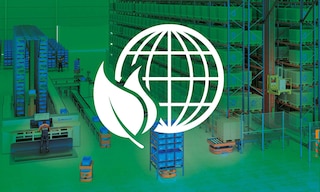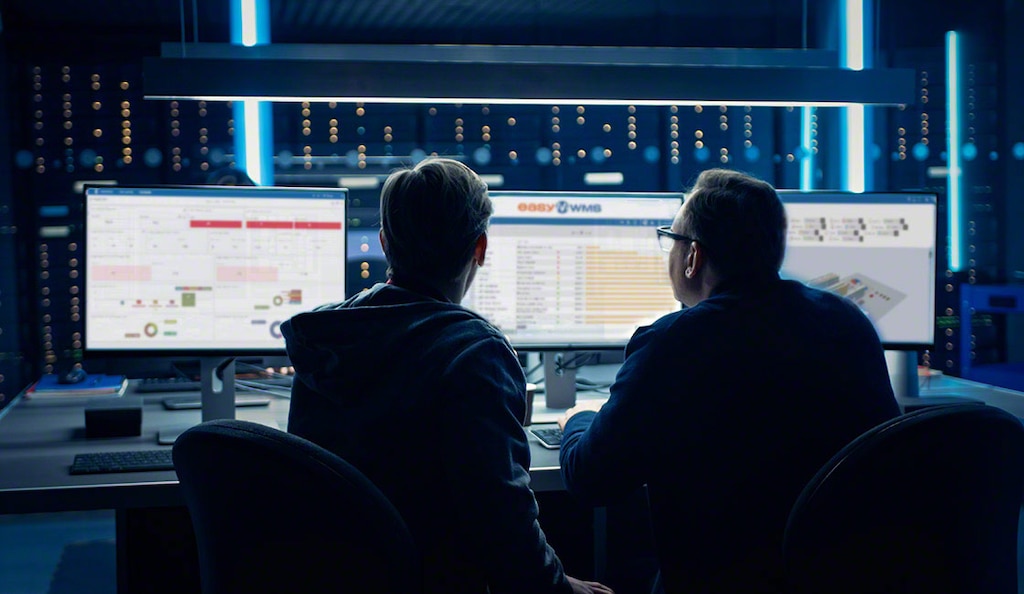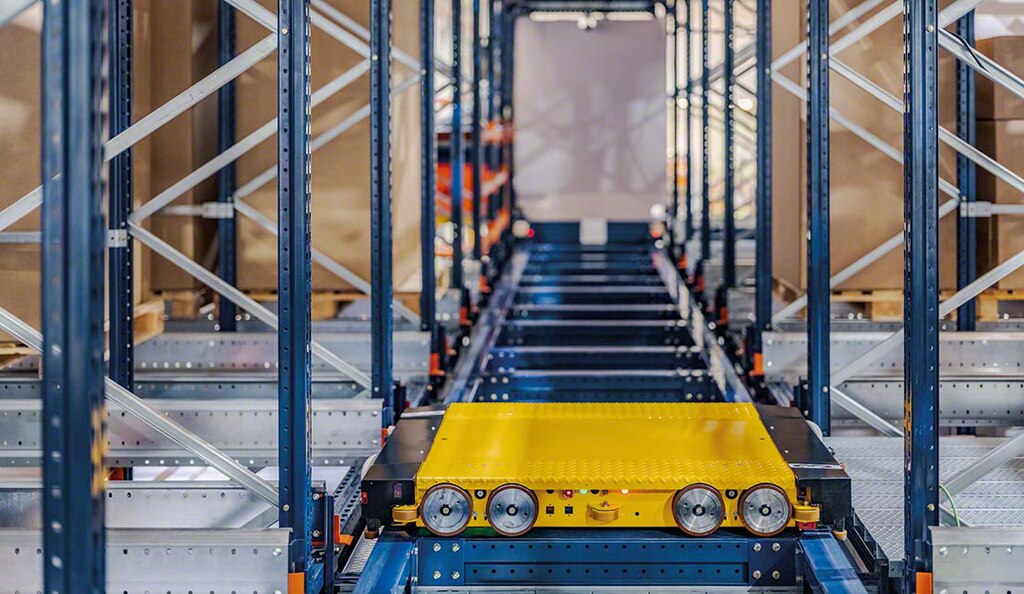
Logistics trends for 2025: Technology and sustainability
Experts forecasting logistics trends for 2025 highlight the importance of secure and resilient supply chains to handle daily operations and meet consumer demands. With the rise of cloud computing, monitoring systems, and IIoT, scalable solutions for data management and logistics process tracking will become increasingly essential in the coming year.
Prologis’ 2025 Supply Chain Outlook Report points to cloud-based supply chain management platforms and real-time inventory systems as key logistics trends for 2025. These are the trends set to shape industrial and business development over the next 12 months that you’ll want to keep a pulse on.
Digital twins
The use of data science in the supply chain is becoming widespread and represents a great opportunity for logistics. Digitalization and automation provide the most cutting-edge companies with real-time visibility of their operations, reducing costs and eliminating errors. Organizations specializing in warehousing and transportation can particularly benefit from digital twins — virtual replicas of objects or processes simulate the real-world behavior of their counterparts. This technology can prevent potential errors before they occur, optimizing operations without the need for tests using material objects.

Human-machine collaboration
The integration of artificial intelligence (AI) with human knowledge will lead to more efficient operations in areas like logistics planning and route management. The goal is for technology to handle most data calculations and analyses so that human professionals can make the best decisions based on real-world context.
AMRs
Another supply chain trend in 2025 will be autonomous mobile robots (AMRs). A whopping 99% of manufacturers are expected to work with AMRs, cobots, and robotic arms by 2029, making these technologies more prominent in warehousing. AMRs navigate freely in facilities, avoiding all types of fixed and moving obstacles and readjusting their routes in real time. They adapt to different warehouse layouts and allow for easy fleet expansion to cope with seasonal demand peaks and support a company’s operational growth.
Machine learning
This field of AI employs algorithms to enable machines to learn and improve autonomously from large datasets. Machine learning is helpful for tasks such as demand forecasting, inventory management, and route planning. Our company is leveraging it in collaboration with the Massachusetts Institute of Technology (MIT) to develop more efficient logistics systems and software in the near future. Some applications involve creating models that adapt robotic fleet criteria to specific situations, while others focus on integrating AI into simulations that reflect the complexity of real-world operations.

Cloud solutions
Logistics trends also extend to software, facilitating supply chain management by centralizing multiple information sources in one place. This allows managers to monitor inventory and orders and communicate with suppliers in real time, enabling quick reactions to changes in demand. One example of software that simplifies daily operations is Easy WMS, Interlake Mecalux's warehouse management system. Designed to manage medium to large warehouses, it features both cloud and on-premise deployment options and an intuitive, user-friendly interface.
Sustainable logistics
Green approaches are more and more present in industrial projects of all kinds. But what are the sustainable logistics trends for 2025?
Government agencies are setting decarbonization targets that will impact institutions and businesses in the coming years. If these plans move forward, achieving sustainable logistics will shift from being optional to mandatory for organizations in the medium term. Numerous green strategies also aim to improve operational performance. Examples are personalized delivery options that provide data on the environmental impact of shipping, and batch deliveries to pickup points.
Other areas where progress is being made in environmental stewardship include the adoption of electric vehicles and energy-efficient storage and retrieval systems (AS/RSs). One example is Interlake Mecalux’s semi-automated high-density Pallet Shuttle, which stores many pallets per SKU compactly. By taking up less space, the Pallet Shuttle system reduces the surface area to be refrigerated in cold storage or freezer warehouses, contributing to energy savings.
Digital connectivity
Research firm Gartner found that 40% of supply chain directors plan on investing in digital connectivity over the next three years. These executives will implement application programming interfaces (APIs), blockchain, and other solutions to facilitate real-time data exchange. Fueling these transformations is the need to keep possible supply chain disruptions under control.
How to implement your logistics project in 2025
Adapting proactively to changes in logistics management is key to your company’s success. At Interlake Mecalux, we support you with both planning and executing your project. As manufacturers of our own products, we’ve installed thousands of automated and conventional warehouses worldwide since 1966. Our team comprises over 400 engineers specializing in logistics software development, while our robotics division focuses on the latest order fulfillment technologies. Contact us for advice on these and other storage solutions.
